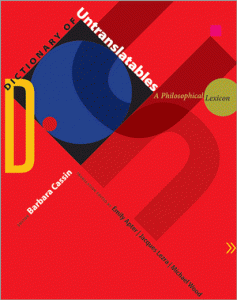“Researchers at MIT and the University of Vienna have created an imaging system that reveals neural activity throughout the brains of living animals. This technique, the first that can generate 3-D movies of entire brains at the millisecond timescale, could help scientists discover how neuronal networks process sensory information and generate behavior. The team used the new system to simultaneously image the activity of every neuron in the worm Caenorhabditis elegans, as well as the entire brain of a zebrafish larva, offering a more complete picture of nervous system activity than has been previously possible.”
Robert Prevedel et al., Simultaneous whole-animal 3D imaging of neuronal activity using light-field microscopy. Nature Methods, 18 May 2014.
Connections: We now have the means to connect neuronal activity to behavior in a worm and in a fish. That’s exciting, but it isn’t the end of the story. Fortunately, there are a couple of passages in the recent NIH BRAIN Initiative Report that emphasize that efforts to understand the brain can’t be limited to finding the links between neuronal activity and observable behavior. “In advanced organisms our concept of ‘behavior’ must be extended to include sophisticated internal cognitive processes in addition to externally observable actions” … “Mental life can flourish within the nervous system, even if the behavioral link to the observable world is tenuous. Thus the BRAIN Initiative should focus on internal cognitive processes and mental states in addition to overt behavior.” Unfortunately, research on language and the brain doesn’t seem to be on the agenda for the NIH BRAIN initiative. That’s a big oversight, if not an outright blunder – there is probably no cognitive domain that we collectively know more about at an abstract, computational, level. There is no better window into the human mind than language, and it’s already wide open. The Max Planck Society must have seen the potential and importance of ongoing brain research on language when electing Angela Friederici as their new vice-president. There is also an NSF report about a recent workshop on Linking Language and Cognition to Neuroscience via Computation.
Connections: The neural code that makes us human.










